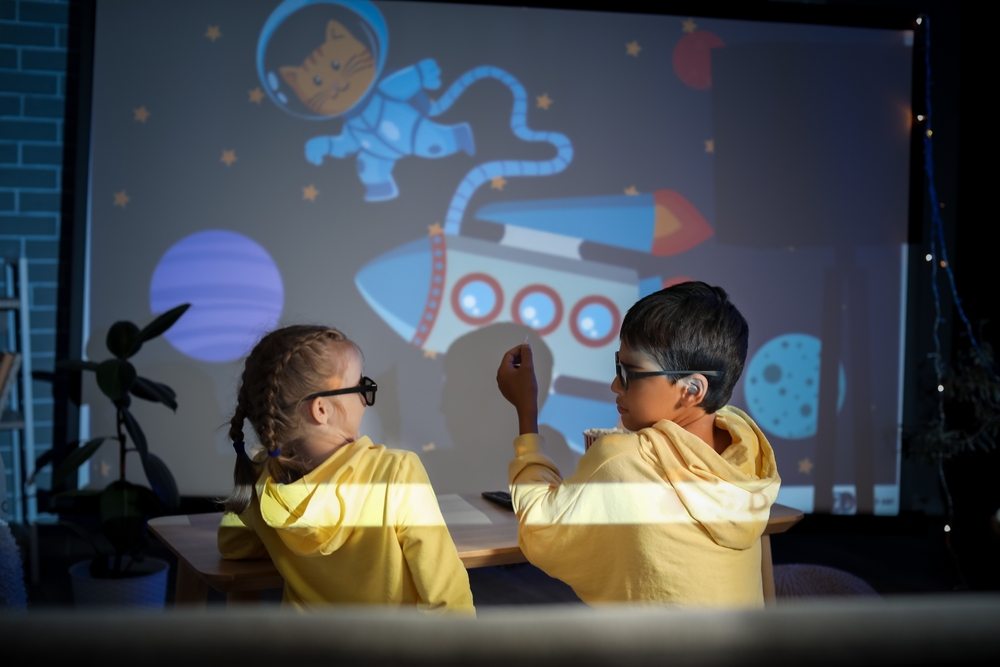Animation Renaissance: The New Golden Age of Animated Feature Films
In the world of arts and entertainment, the last two decades have seen a stunning revival of an often underappreciated medium: animation. This resurgence is not merely a revival of past glory—it represents a paradigm shift in the evolution of storytelling, technical innovation, and cultural significance. This article will delve into the history of this 'Animation Renaissance,' examine its current realities, and discuss its far-reaching implications.

The Dawn of a New Era in Animation
Animation, as a form of artistic expression, has been around for centuries. However, it was not until the 20th century, with the advent of film, that animation found its true calling. The ‘Golden Age of Animation’ often refers to the period from the late 1920s to the 1960s when animation pioneers like Walt Disney and Warner Bros. dominated the scene. The end of this era saw a lull in the production of high-quality animated content, with a few exceptions.
However, the late 1990s and the turn of the century saw an unexpected resurgence in animation, marking the beginning of what we now call the ‘Animation Renaissance.’ This period, which continues to this day, is characterized by an explosion of creativity, technical innovation, and commercial success.
The Unprecedented Success of Animated Films
The Animation Renaissance can be attributed to several factors. One is the success of CGI (Computer-Generated Imagery). The release of Toy Story in 1995, the first entirely computer-animated feature film, marked a turning point. It not only opened up a whole new world of possibilities for storytelling but also set a new standard for visual effects.
Moreover, the establishment of studios like Pixar, DreamWorks Animation, and Studio Ghibli, among others, has played a crucial role in this resurgence. These studios have consistently produced films that are not only commercial successes but also acclaimed for their artistic and storytelling prowess.
The Cultural Impact and Reception of the Animation Renaissance
The Animation Renaissance has also made a significant cultural impact. Animated films are no longer seen as mere children’s entertainment but are recognized for their ability to tackle complex themes and narratives. Films like Inside Out, Wall-E, and Spirited Away have been praised for their deep emotional resonance and commentary on contemporary issues.
Furthermore, the global reception of these films has been overwhelmingly positive. Animated films have become a staple at award shows, often competing for top honors with live-action films. Spirited Away, a Japanese animated film, even won the Academy Award for Best Animated Feature in 2003, a first for a non-English language film.
The Future of the Animation Renaissance
The Animation Renaissance shows no signs of slowing down. Technological advancements continue to push the boundaries of what can be achieved in animation. Virtual Reality and Augmented Reality offer exciting prospects for immersive storytelling.
Moreover, streaming platforms like Netflix and Amazon Prime are investing heavily in animated content, providing more avenues for innovative storytelling. The future of animation looks brighter than ever, promising a continued renaissance of creativity, technical prowess, and cultural significance.
The Animation Renaissance represents a new Golden Age for animated films. It is not merely a resurgence but a revolution that has transformed the landscape of the arts and entertainment industry. As we continue to explore the possibilities of this medium, we can look forward to a future filled with compelling narratives, breathtaking visuals, and profound cultural significance.




